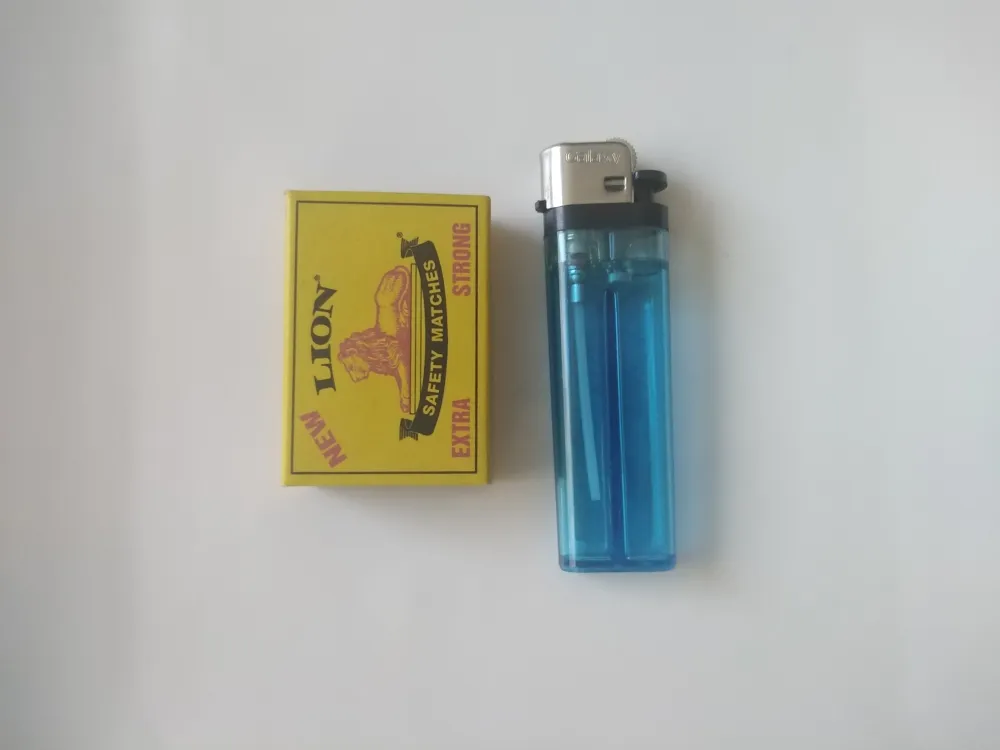Keep children safe from burns this winter
Keep kettle cords and other electrical wiring out of children’s reach.
As people turn to their heaters, kettles, stoves and fireplaces to stay warm this winter, the risk of children getting burned rises.
“Young children can be burned very quickly, and this often happens when an adult is not present, so it is important to be alert,” says Zaitoon Rabaney, the executive director of ChildSafe, a Rondebosch non-profit.
The first step to prevent burns is to make sure the home is safe because that’s where most burns happen, especially in the kitchen, she says.
“Children are not always able to know when something is dangerous, so parents can start by checking every room in the house for possible burn risks to children.”
Here are a few safety tips to keep ourselves and our children safe while staying warm this winter:
Kitchen
- Turn pot handles away when cooking.
- Never hold a child while cooking at the stove.
- Keep kettle cords and other electrical wiring out of children’s reach.
- Place matches and lighters out of children’s reach.
Living Room
- Always check the temperature of food and drink before serving to young children.
- Always place hot liquids and food in the centre of the table, using place mats instead of tablecloths which are easy to pull.
- Never pass hot liquids and food over a child’s head.
- Keep all heaters out of reach of children.
- Install smoke alarms to detect fires in the home early.
- Blow out candles before you leave the room or before you go to sleep. Place a candle in a jar.
- Avoid illegal electrical connections and check that plugs are not overloaded, as these can overheat causing sparks and fires.
Bathroom
- Run cold water before hot water.
Outside
- Never leave open fires unattended, and in case of a fire, put out the fire with water.
- Never store paraffin and other highly combustible substances near a heat source.
When there is a fire inside your home:
- Warn people inside the house to get out safely.
- Help people to get out and stay out of harm’s way.
- If there is a lot of smoke, crawl out below the smoke to escape the fire.
- Where possible, have more than one exit from your house, with clear routes to the door.
What to do in case of a minor burn:
- Remove the patient from the source of danger.
- Do not put anything on it. Instead, cool the burn area with running tap water for about five minutes.
- Cover the burn with a clean cloth or clean plastic.
- Take the patient to the nearest clinic or hospital to see a doctor.
For more information on the prevention of burns, visit www.childsafe.org.za or call 021 685 5208.
